In recent years, pear guava has become one of the crops with high economic efficiency, bringing a stable source of income for people in My Loc commune (Nam Dinh city) and Con town (Hai Hau). The pear guava brand has been affirmed thanks to its rich, sweet, crunchy taste, favored by many customers.
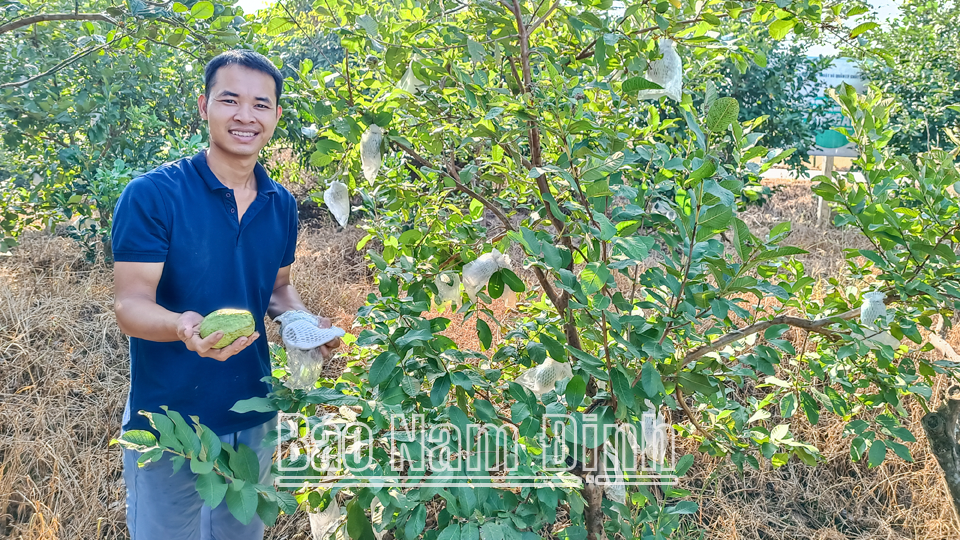 |
| Mr. Le Tat Thang, Lang Xa village, My Loc commune ( Nam Dinh city) harvests guava. |
Coming to Lang Xa village, My Loc commune (Nam Dinh city) where many pear guavas are grown. Along both sides of the road, pear guava gardens are full of fruit, traders come to the garden to buy. Having just harvested the guava, Mr. Le Tat Thang said that since switching to growing pear guava, his family's economy has grown more and more. Pear guava is harvested year-round. Previously, Mr. Thang's family, like other households in the village and commune, mainly grew rice and vegetables in the traditional way, but the income was low because the productivity and efficiency were not high. By 2020, through visiting models, learning and exchanging experiences about fruit trees in other localities, he learned about the pear guava variety. This guava variety has high yield, good quality, and a short harvest time, so Mr. Thang's family bought back the rice fields of surrounding households to convert into a garden. Through the planting process, it was found that the pear guava variety is suitable for the natural conditions and local climate. New trees are ready for harvest 7-8 months after planting, the harvest time is from November to April of the following year and from June to October. With good care and pest control techniques, the last guava crop yielded 18 tons of fruit, which was purchased by traders at home at an average price of 17-20 thousand VND/kg, after deducting costs, the profit was more than 200 million VND.
Like Mr. Le Tat Thang's family, Mr. Nguyen Van Ich's family, Huu Nghi hamlet, Con town (Hai Hau) has succeeded with the guava pear growing model after many years of experimenting with production objects, from raising fish, raising chickens, growing jackfruit... With an area of over 3,000m2 , Mr. Ich focuses on planting nearly 450 guava pear trees that bear fruit all year round. Guava pear trees do not require much care, are less susceptible to pests and diseases, and produce 2-4 batches of fruit each year. In particular, he has learned to time the harvest of guava in the off-season, from September to May of the following year. Mr. Ich said: “During the main season, there are too many types of fruit such as jackfruit, custard apple, longan, lychee... that are in harvest season, so the demand for fruit consumption is easily saturated, the economic value is not high. I train the tree to bear fruit off-season so that the pear guava fruit is exposed to the dry sun during the dry months, the dry weather, lots of sunshine, the fruit is sweeter and crispier than the guava in the main season...”. Thanks to his experience in caring for and adjusting the season, on average, Mr. Ich sells about 1 ton of guava per month. During the main season, the price of guava is lower, only about 10 thousand VND/kg, during the off-season, the price is up to 20 thousand VND/kg. On average, his family earns more than 10 million VND per month, and in some months during the season, they can earn nearly 20 million VND.
To have delicious pear guava, in addition to the favorable factor of fertile land, guava growers always ensure to carry out steps such as: Weeding, making beds, cleaning the garden, pruning small branches, dry branches, branches with pests during the fruiting period and after each harvest so that the tree has the ability to sprout new buds, be airy and limit pests, especially caterpillars and wasp stings. When the pear guava is as big as a thumb, start covering the guava to avoid fruit flies and other harmful pests. During the growth of the pear guava tree, use organic fertilizers (chicken manure composted after 6 months) or microbial fertilizers to help the root system develop healthily, providing enough trace elements to help the guava tree grow well, increase the ability to resist pests and diseases, and produce crispy and sweet fruit. During the process of planting and caring for the tree, guava growers also proactively adjust the time when the tree flowers and bears fruit as desired by pinching the top, flowers and buds of the tree. Therefore, guava bears fruit all year round and does not ripen at the same time, so farmers do not have to harvest in bulk, guava is consumed quickly, sold at a good price, avoiding the situation of "good harvest, low price". In terms of economic efficiency, guava trees bring much higher income than rice cultivation. With the advantages of not requiring much care, low initial investment costs, a fairly long tree life, about 5-6 years and quick harvest, the ability to achieve revenue for garden owners is very fast.
With outstanding advantages, suitable for local soil and climate, pear guava trees are gradually becoming famous in the market. During guava season, traders from everywhere come to gardeners to buy, on average each hectare of guava brings in hundreds of millions of VND/year, contributing to the development of household economies in localities. What Mr. Thang and Mr. Ich are currently concerned about is how to increase the economic value of pear guava trees as well as ensure stable output for this fruit. Because in fact, for many years, guava growers have not had a stable source of consumption but mainly sell to traders and wholesale markets in Nam Dinh city. The unstable market makes growers vulnerable to traders forcing down prices. Thanks to crop conversion and proper application of science and technology in care, many households like Mr. Thang and Mr. Ich have achieved success from growing pear guava trees. Hopefully, the pear guava growing model will be widely replicated, helping farmers have a new direction to get rich.
Article and photos: Van Huynh
Source: https://baonamdinh.vn/kinh-te/202411/hieu-qua-kinh-te-tu-trong-oi-27a2298/


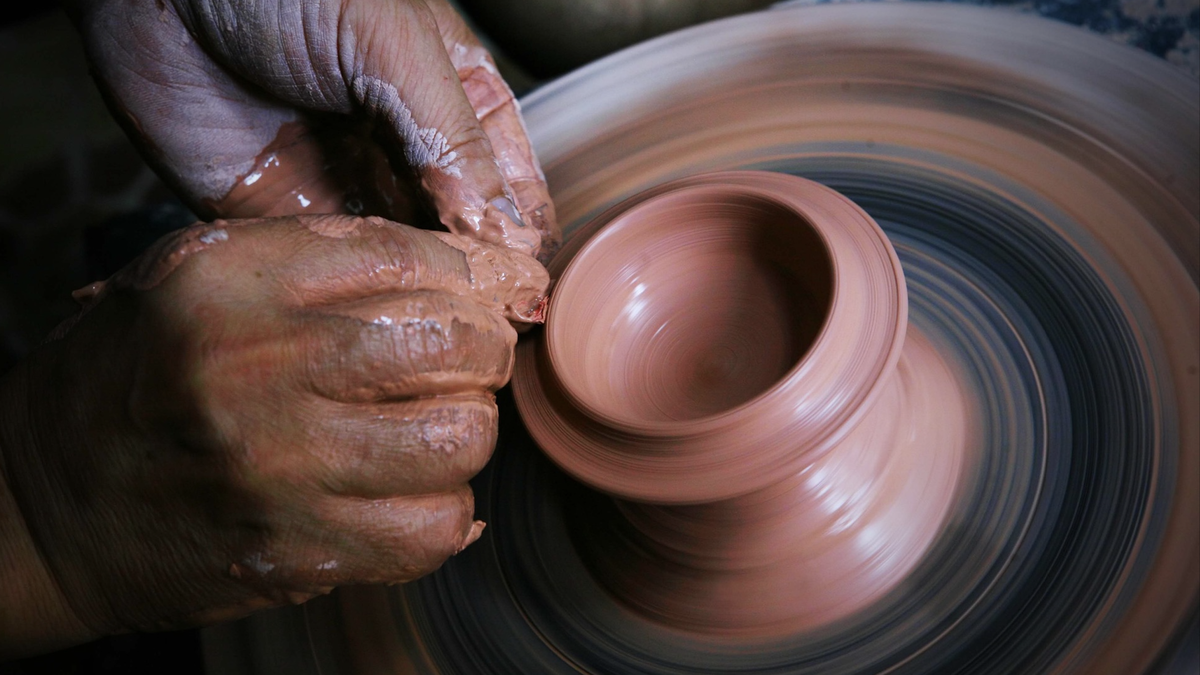

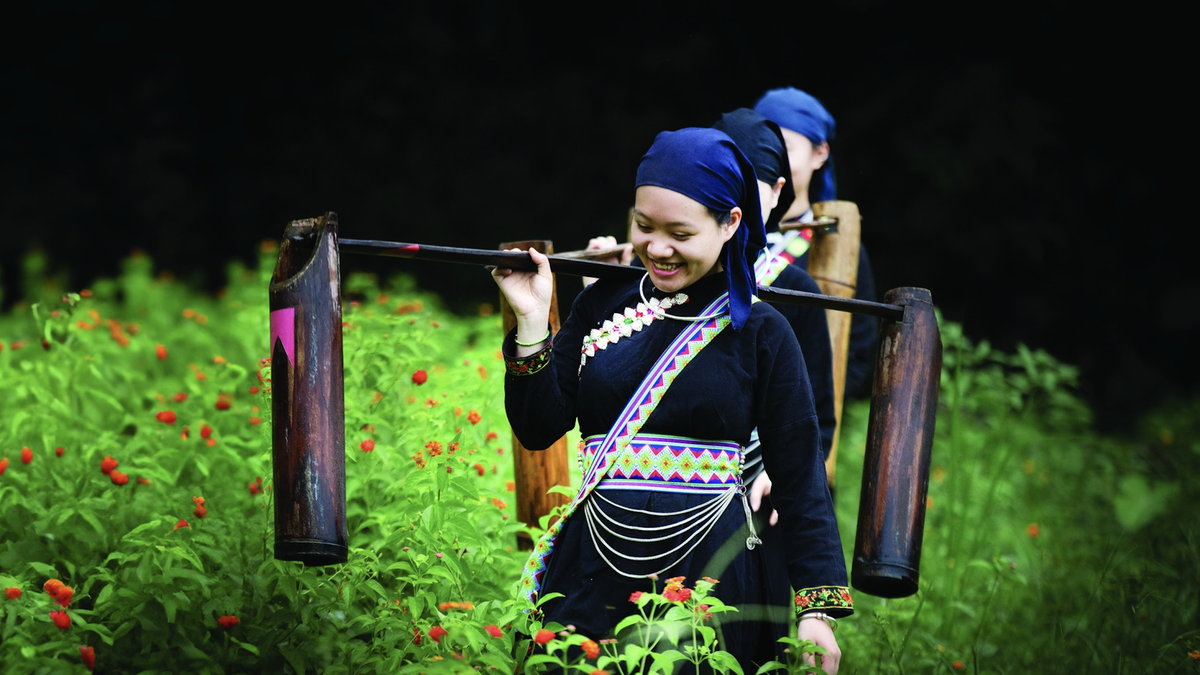

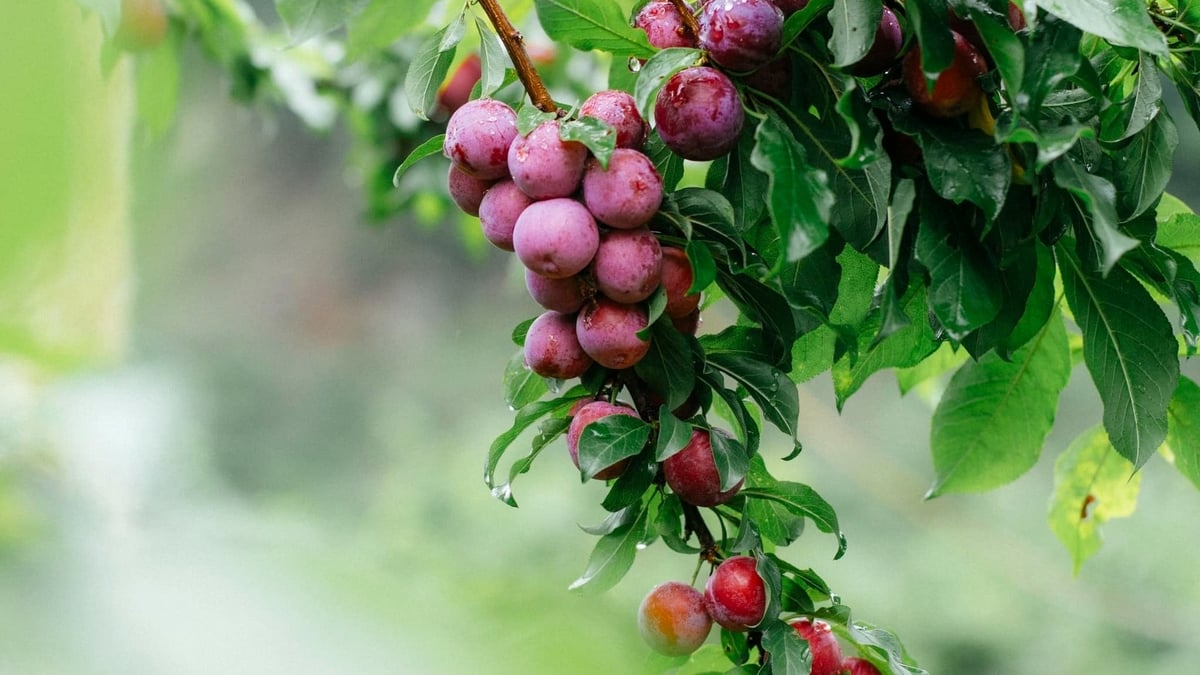









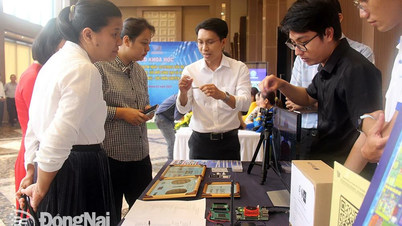





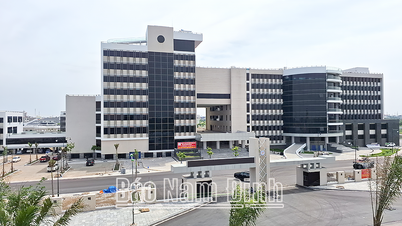
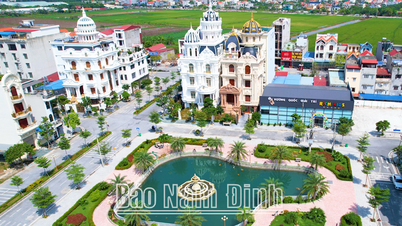
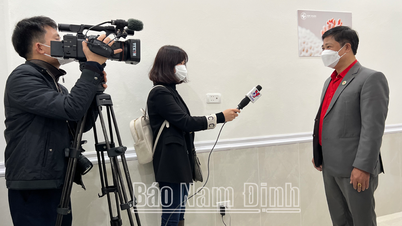











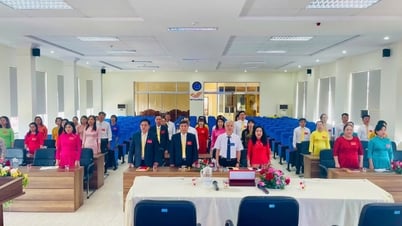
![[Photo] General Secretary To Lam meets with the Group of Young National Assembly Deputies](https://vphoto.vietnam.vn/thumb/1200x675/vietnam/resource/IMAGE/2025/6/24/618b5c3b8c92431686f2217f61dbf4f6)




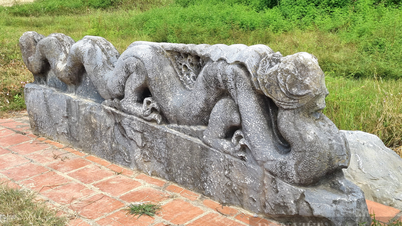
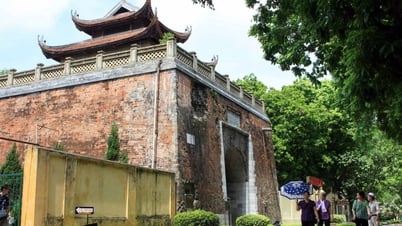

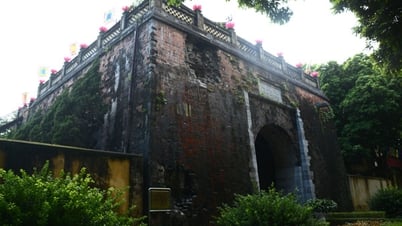



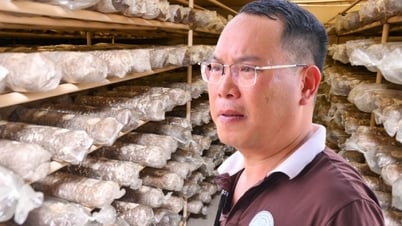



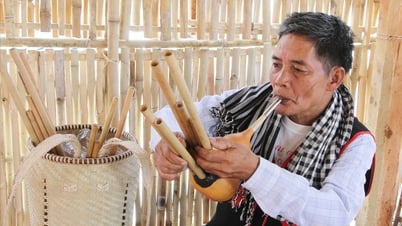








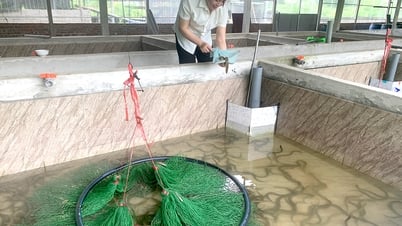

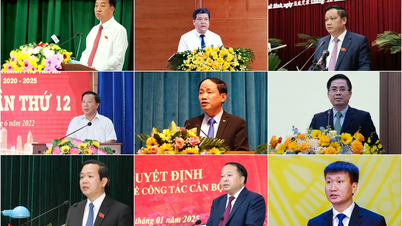

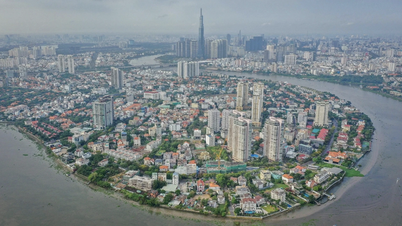






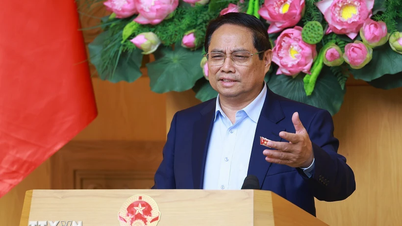



![[Infographic] Regulations on decentralization and delegation in the fields of culture, sports and tourism](https://vphoto.vietnam.vn/thumb/402x226/vietnam/resource/IMAGE/2025/6/25/880a409a8682407a8e784cbc77960ac9)



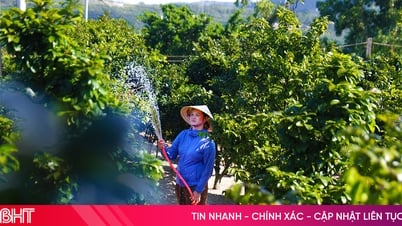







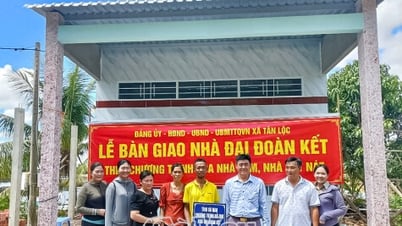













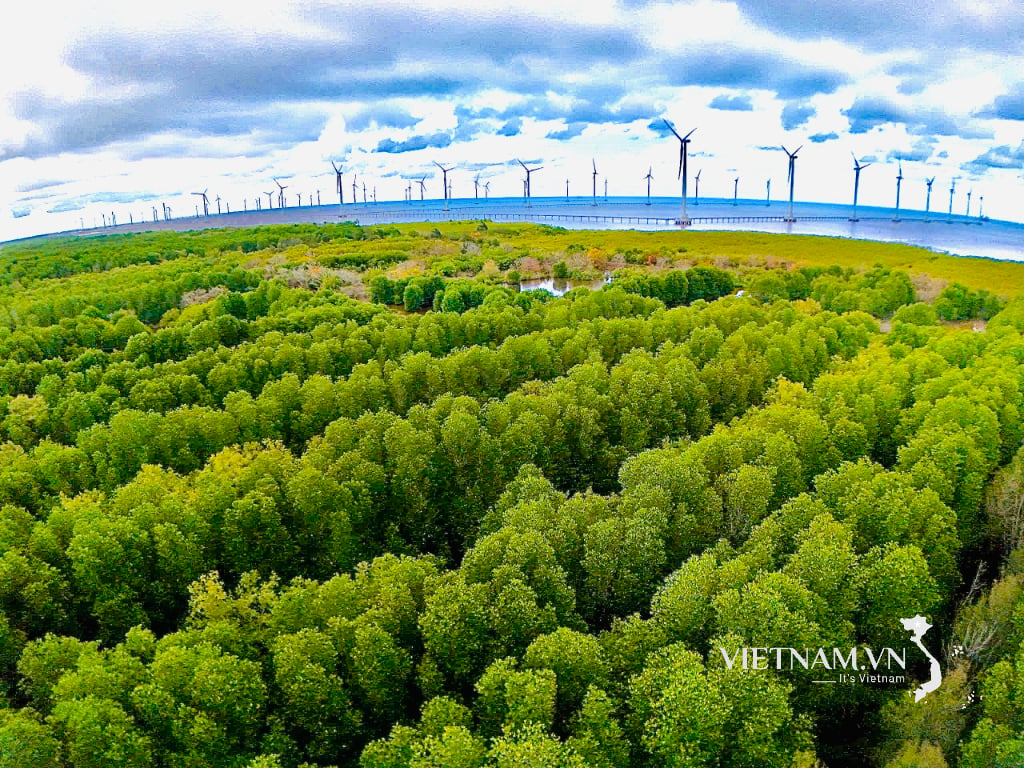


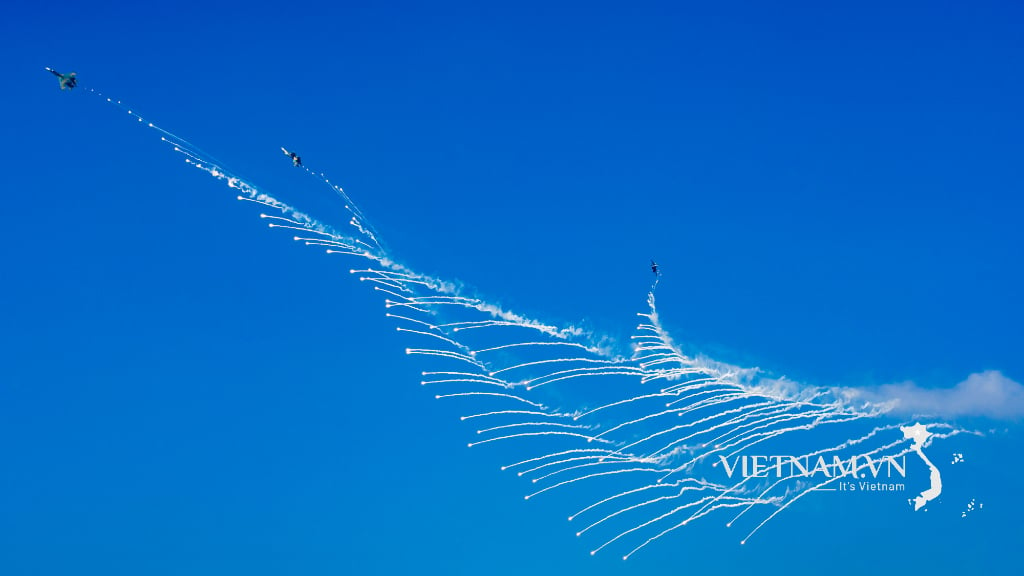
Comment (0)